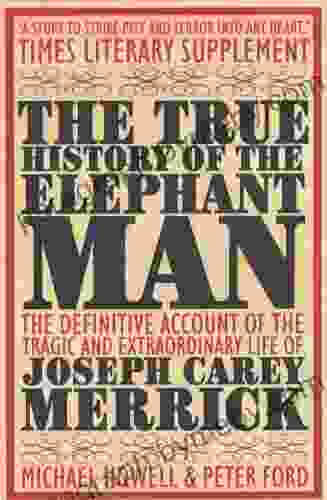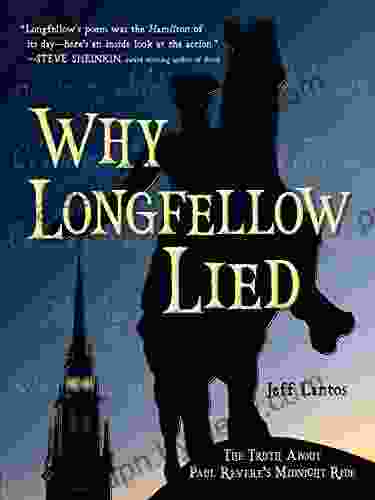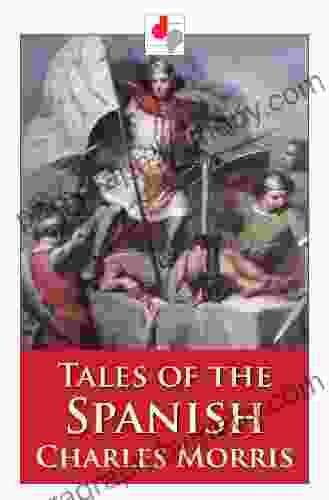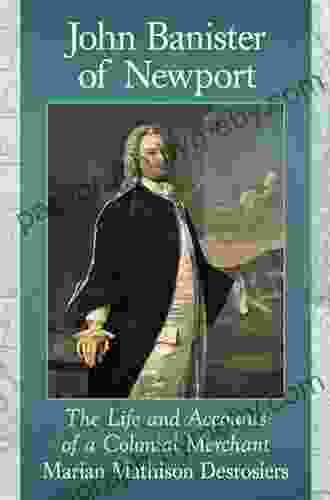Unveiling the Truth About Paul Revere's Midnight Ride: A Historical Revelation

The legendary tale of Paul Revere's midnight ride, forever etched in American folklore, has served as a patriotic symbol of the American Revolution for generations. However, behind the romanticized narrative lies a complex historical truth that challenges the popular perception of this iconic event. This article delves into the meticulous research and historical analysis that unravels the truth about Paul Revere's midnight ride, revealing both its significance and misconceptions.
The Origins of the Legend
The story of Paul Revere's midnight ride originated from Henry Wadsworth Longfellow's 1861 poem, "Paul Revere's Ride." Longfellow's poetic interpretation, inspired by oral tradition and sparse historical accounts, immortalized the event as a heroic mission to alert the colonial militia about the impending British advance on Lexington and Concord.
4.8 out of 5
| Language | : | English |
| File size | : | 71735 KB |
| Text-to-Speech | : | Enabled |
| Enhanced typesetting | : | Enabled |
| Word Wise | : | Enabled |
| Print length | : | 157 pages |
| Screen Reader | : | Supported |
However, historical scrutiny reveals a more nuanced reality. While Paul Revere indeed embarked on a night ride to warn the rebels, the details and significance of his mission differ significantly from Longfellow's portrayal.
The Historical Context
In the spring of 1775, tensions between the British and the American colonies escalated rapidly. The British government, seeking to maintain authority over its rebellious subjects, had been reinforcing its military presence in Boston.
In response, Patriot leaders formed secret committees to monitor British movements and plan resistance. One such committee was the Committee of Safety in Massachusetts, which had been gathering intelligence on British troop deployments.
Paul Revere's Role
Paul Revere, a skilled silversmith and an active Patriot, served as a messenger for the Committee of Safety. On the night of April 18, 1775, he was tasked with delivering a secret message to John Hancock and Samuel Adams, who were hiding in Lexington.
Revere, along with William Dawes, set out on separate routes to complete this mission. However, contrary to Longfellow's depiction, their ride was not a daring solo adventure but part of a larger network of intelligence gathering and communication.
The Truth Unraveled

Historical research has uncovered several inaccuracies in the popular narrative of Paul Revere's ride:
- The Paul Revere was not alone. William Dawes, another messenger, also rode with Revere to Lexington.
- It was not a midnight ride. The ride actually took place in the early evening, around 10 pm.
- The "one if by land, two if by sea" signal was not used. The lanterns in the church steeple were likely a pre-arranged signal between Hancock and Adams.
- Revere did not reach Concord. He was captured by the British shortly after crossing the Charles River, but Dawes successfully delivered the message to Concord.
- The ride did not directly trigger the Battle of Lexington and Concord. The British had already been marching to Concord when Revere and Dawes set out.
The Significance of the Ride
Despite the historical inaccuracies, Paul Revere's midnight ride remains a significant event in the American Revolution. It provides a glimpse into the intelligence gathering and communication networks that were essential to the Patriot cause.
Moreover, the ride's enduring popularity speaks to the power of storytelling and its ability to shape historical narratives. While the details may have been embellished, the legend of Paul Revere's midnight ride continues to inspire and embody the spirit of resistance and courage in the face of adversity.
The truth about Paul Revere's midnight ride is a fascinating and complex historical puzzle. By peeling back the layers of myth and examining the historical evidence, we gain a deeper understanding of the events that led to the outbreak of the American Revolution.
While the legend may have evolved over time, the ride's significance remains undiminished. It stands as a tribute to the countless individuals who risked their lives to fight for freedom and independence.
4.8 out of 5
| Language | : | English |
| File size | : | 71735 KB |
| Text-to-Speech | : | Enabled |
| Enhanced typesetting | : | Enabled |
| Word Wise | : | Enabled |
| Print length | : | 157 pages |
| Screen Reader | : | Supported |
Do you want to contribute by writing guest posts on this blog?
Please contact us and send us a resume of previous articles that you have written.
 Book
Book Novel
Novel Page
Page Chapter
Chapter Text
Text Story
Story Genre
Genre Reader
Reader Library
Library Paperback
Paperback E-book
E-book Magazine
Magazine Newspaper
Newspaper Paragraph
Paragraph Sentence
Sentence Bookmark
Bookmark Shelf
Shelf Glossary
Glossary Bibliography
Bibliography Foreword
Foreword Preface
Preface Synopsis
Synopsis Annotation
Annotation Footnote
Footnote Manuscript
Manuscript Scroll
Scroll Codex
Codex Tome
Tome Bestseller
Bestseller Classics
Classics Library card
Library card Narrative
Narrative Biography
Biography Autobiography
Autobiography Memoir
Memoir Reference
Reference Encyclopedia
Encyclopedia Robert Ullman
Robert Ullman Eden O Neill
Eden O Neill Jill Culiner
Jill Culiner William Minto
William Minto Jeff Guinn
Jeff Guinn Peter Feinman
Peter Feinman Jill Winger
Jill Winger Leonard G Horowitz
Leonard G Horowitz Jess Walter
Jess Walter Michael Gray
Michael Gray Thomas Walke
Thomas Walke Samuel Leach
Samuel Leach Tuttle Publishing
Tuttle Publishing Mark C Purcell
Mark C Purcell Jeff Hobbs
Jeff Hobbs Jeff Brown
Jeff Brown Michael Witwer
Michael Witwer Jim Barrow
Jim Barrow Terrie M Williams
Terrie M Williams Michael Betancourt
Michael Betancourt
Light bulbAdvertise smarter! Our strategic ad space ensures maximum exposure. Reserve your spot today!
 Aron CoxFollow ·11.5k
Aron CoxFollow ·11.5k Branden SimmonsFollow ·9.4k
Branden SimmonsFollow ·9.4k Stephen FosterFollow ·4.3k
Stephen FosterFollow ·4.3k Albert ReedFollow ·4.7k
Albert ReedFollow ·4.7k Francisco CoxFollow ·2.7k
Francisco CoxFollow ·2.7k Ed CooperFollow ·9.7k
Ed CooperFollow ·9.7k Stanley BellFollow ·4.1k
Stanley BellFollow ·4.1k Jeremy CookFollow ·15.2k
Jeremy CookFollow ·15.2k

 Jeremy Mitchell
Jeremy MitchellUnveiling the Truth: The Captivating Saga of The Elephant...
Embark on a poignant journey through the...

 Marvin Hayes
Marvin HayesThe Day The World Came To Town: A Heartwarming Tale of a...
In the quaint...

 Hugh Bell
Hugh BellExplore the Avian Treasures of Wisconsin: A Review of...
Unveiling the Secrets of...
4.8 out of 5
| Language | : | English |
| File size | : | 71735 KB |
| Text-to-Speech | : | Enabled |
| Enhanced typesetting | : | Enabled |
| Word Wise | : | Enabled |
| Print length | : | 157 pages |
| Screen Reader | : | Supported |


















